



The Germanwatch Climate Risk Index 2026 warns that climate disasters since 1995 have killed 832,000 people and caused $4.5 trillion in losses. Poorer nations, including India with 80,000 deaths and $170 billion losses, suffer most. Germanwatch urges urgent COP30 action on finance and ambition.
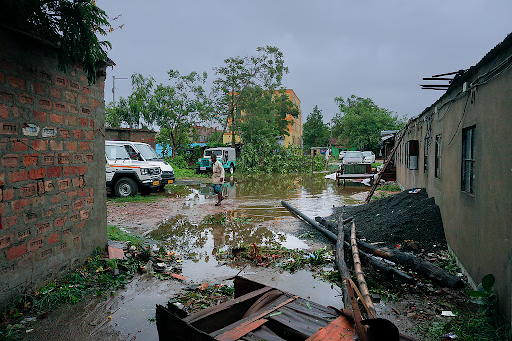
Copyright infringement not intended
Picture Courtesy: DOWNTOEARTH
The Global Climate Risk Index (CRI) published by Germanwatch, offers a vital, data-driven analysis of countries' vulnerability to weather-related loss events.
It is a retrospective analysis that quantifies the human and economic impacts of extreme weather events like storms, floods, and heatwaves.
It uses data from the EM-DAT international disaster database, the International Monetary Fund (IMF), and the World Bank.
Methodology: The index is calculated based on four key indicators:
Limitation: The CRI focuses only on rapid-onset events, excluding slow-onset processes like rising sea levels, ocean acidification, or melting glaciers. Thus, the true climate change impact is greater than reported.
Extreme weather events have killed more than 832,000 people and caused economic losses exceeding $4.5 trillion worldwide between 1995 and 2024.
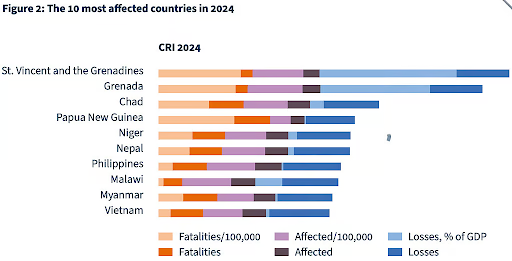
Since 1995, over 9,700 documented extreme weather events have occurred globally.
Storms and heatwaves each caused about a third of fatalities, while floods affected nearly half of those impacted.
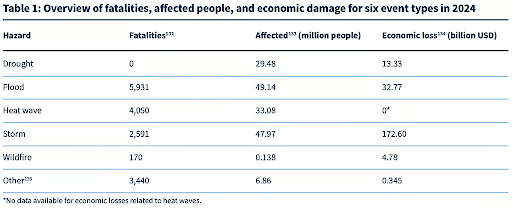
India's High Vulnerability
India ranks among the most affected due to its long coastline, reliance on monsoon agriculture, and dense population, which increase its susceptibility to various climate hazards.
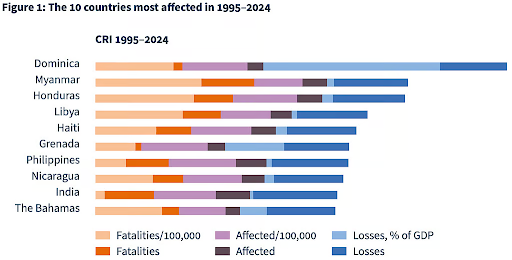
Source: DOWNTOEARTH
|
PRACTICE QUESTION Q. Discuss the significance of developing a national climate risk index for effective adaptation planning and resource allocation in India. 150 words |
The Climate Risk Index (CRI) is an analytical tool that ranks countries based on the human and economic impacts of sudden-onset extreme weather events such as floods, storms, and heat waves.
The CRI is published annually by Germanwatch, an independent development and environmental non-governmental organization based in Germany. It has been published since 2006.
The primary purpose of the CRI is to contextualize international climate policy debates, such as those at the UN climate negotiations (COP), by highlighting the vulnerability of countries to climate-related impacts.




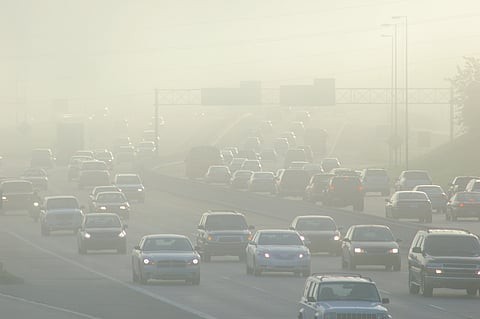


© 2025 iasgyan. All right reserved